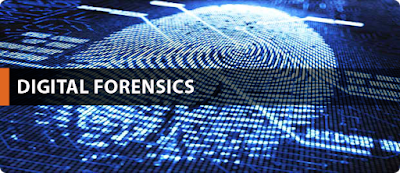Traditionally, when people talk about
education, what comes to their mind is a room where students and teacher meet
and have a face to face interaction for learning to occur. However, the
classroom environment evolved significantly in the late nineteenth century,
from the four walls of constructed learning environment to an online virtual
cyberspace learning environment[1]. This
change happens when the distance education was developed. The main goal of this
mode of education is to provide opportunities for those individuals who do not
have the opportunity to come to school and attend formal classes. In the United States of America, it has
become a well-known and significant piece of the education pie. The increase of
student population that have shifted from traditional classroom to online
education is an indication that online education has equally great impact on
students life the traditional face-to-face mode of education does[2].
Turner
& Crews cited that the fundamental shift of students to e-learning is due
to the flexibility, lower cost and variety of choice offered by the distance
education. The choice of students to enroll in distance education is due to the
transformative potential of information and communication technology that is
offered by this mode of education which is a significant tool in preparing the
students to be capable of facing the challenges for a global information society.
The teaching and learning process in e-learning provide opportunities for the
students to engage actively in the learning process and can develop the
students thinking skills. Online education indeed has an impact on the lives of
the students. Though the discussion and the teaching-learning process is done
online still students learn as much as students in the traditional classroom
setting do because the course offered are in line with the curriculum of the
usual education system. With this mode of education, students are still able to
pursue their studies and finished a degree despite the work they have done or
whatever circumstance they may in.
Moreover, students are also trained to
manage their time wisely and creatively as compared to their time management
skills in the traditional setting of education[3].
In
terms of the curriculum effectiveness, the online education is also
well-planned and efficient for the educational needs of the students. Several
researches have been conducted in assessing the efficiency of the distance
education in meeting with the academic needs of the students. The curriculum
for online education is patterned in the traditional mode of education so that
no significance difference on the outcome will happen.
In
this fast pacing world, where everybody is busy coping with the changes and
with the trends in life, it is necessary that our education system will not be
left behind. Hence, the online education becomes a contentious trend in order
to provide education to everybody despite the various circumstances that hinder
them to attend school in a traditional setting.




